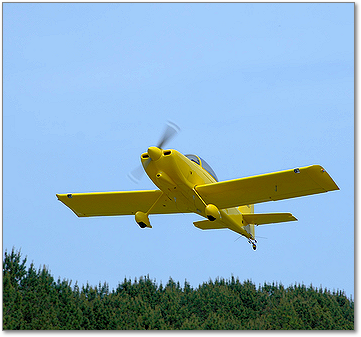Subscriber question:
"Is there a good, recommended test flight procedure when making your first flight of an experimental aircraft, or even a certified aircraft after it has undergone major maintenance or alteration?" - Chris M.
Bob:
“I was smart enough to enlist my good friend who has flown countless first flights in experimental built aircraft to help with this one. His comments:
 In the case of a test flight where the airworthiness of the aircraft is in doubt, the flight needs a bit more than normal planning because it is not a normal flight. The plan should take into account the circumstances and conditions that would make it easiest for the pilot to handle an unexpected emergency. Power failure, partial or complete, control problem or even something as simple as trouble with avionics are possibilities.
In the case of a test flight where the airworthiness of the aircraft is in doubt, the flight needs a bit more than normal planning because it is not a normal flight. The plan should take into account the circumstances and conditions that would make it easiest for the pilot to handle an unexpected emergency. Power failure, partial or complete, control problem or even something as simple as trouble with avionics are possibilities.
The weather is a concern… it needs to be good VFR, surface winds light, visibility unlimited and cloud cover high enough to enable any kind of maneuver that an emergency might require.
The condition of the airplane needs to be considered and every possible step performed during the maintenance should be evaluated and checked. A physical inspection of critical items serviced might also be in order.
The minimum crew, usually just the pilot (and maybe the mechanic that worked on the plane) should be aboard. The fuel load should be sufficient but not necessarily full if that condition reduces performance in a measurable way. CG should be considered and some aircraft benefit from deliberate load placement to achieve a mid-range CG to improve control handling and stall speed. The pilot should be thoroughly familiar with the airplane and of course, be current with recent time.
The ground personnel should be aware of the elevated hazard involved in this flight and should be prepared to react in the event of such need. Tower personnel should be aware that this flight is special and if available emergency personnel on the airport should be made aware of the plan. A reliable radio / phone equipped ground spotter should be available to monitor the flight while it is in sight. The ground spotter should know enough detail of the planned flight to recognize what is normal and not and have briefed a plan with the pilot on what is expected of him during this flight.
Planning for a high hazard event is very important.”
